There is a certain charm to a plant growing out of concrete.
A constructed environment that accidentally hosts flora is a beautiful display of nature trying to reclaim its space,
an apparent tandem of fluid and rigid. Plants utilize their surroundings, making the most of their situation. These situations can vary from meticulous curb finishes to little surfaces of soil that get exposed, but it does not change the outcome of the plants’ resilience; striving to live, reclaim, and blossom. Concrete as a building material is often perceived as harsh, brutal, and unattractive. Which is why its juxtaposition with flora serves as an antidote to the human guilt of building. Flora carries an ingrained beauty within our minds, adoration of which we have built up throughout our existence. It symbolizes things such as love, prosperity, and loyalty. Although concrete and flora as concepts clash with one another, the combination appears as an act of goodwill in the eyes of any passerby, by whom the meticulous curation of the quasi-natural phenomenon is pointed out and appreciated,loved and cherished,pictured and enjoyed. But this is true only if the combination is, in and of itself, constructed by us: tailored to the taste and acceptance of human-centric design.
A Human-centric approach forces all elements to be in total control, i.e to be designed. Design reassures the ego, which in turn reassures the human, which in turn reassures the design.
It is a cycle of constant satisfaction. It however limits and restricts the processes that time, environment, and nature can undergo when working together. This feedback loop tries, and succeeds, to suppress the process of nature. That is until time passes,rain starts to fall, the wind starts to blow,temperatures fluctuate,pollen transfers, plants grow out of control, they get in our way,cover our sunlight,crack the concrete, grow in places they don’t belong. We call them invasive, aggressive, harmful. But is it the flora in this situation that we despise, or the context that they carry?
This natural process might imply carelessness or dirtiness because of when and where it has historically been.
We have attached subjective associations to these ubiquitous and resilient plants, assigning cultural significance to complex natural happenings;
and just as we have idealized the controlled, curated, designed garden, we have vilified the natural phenomenon that it follows.
What does the plant—that struggles to find the most nutrients from the nooks and crannies of the concrete—mean to the people who decided to avoid it completely?
The people that decide where the tree grows, the people who try to control every aspect of the environment.
Text
ih_ph-34.jpg
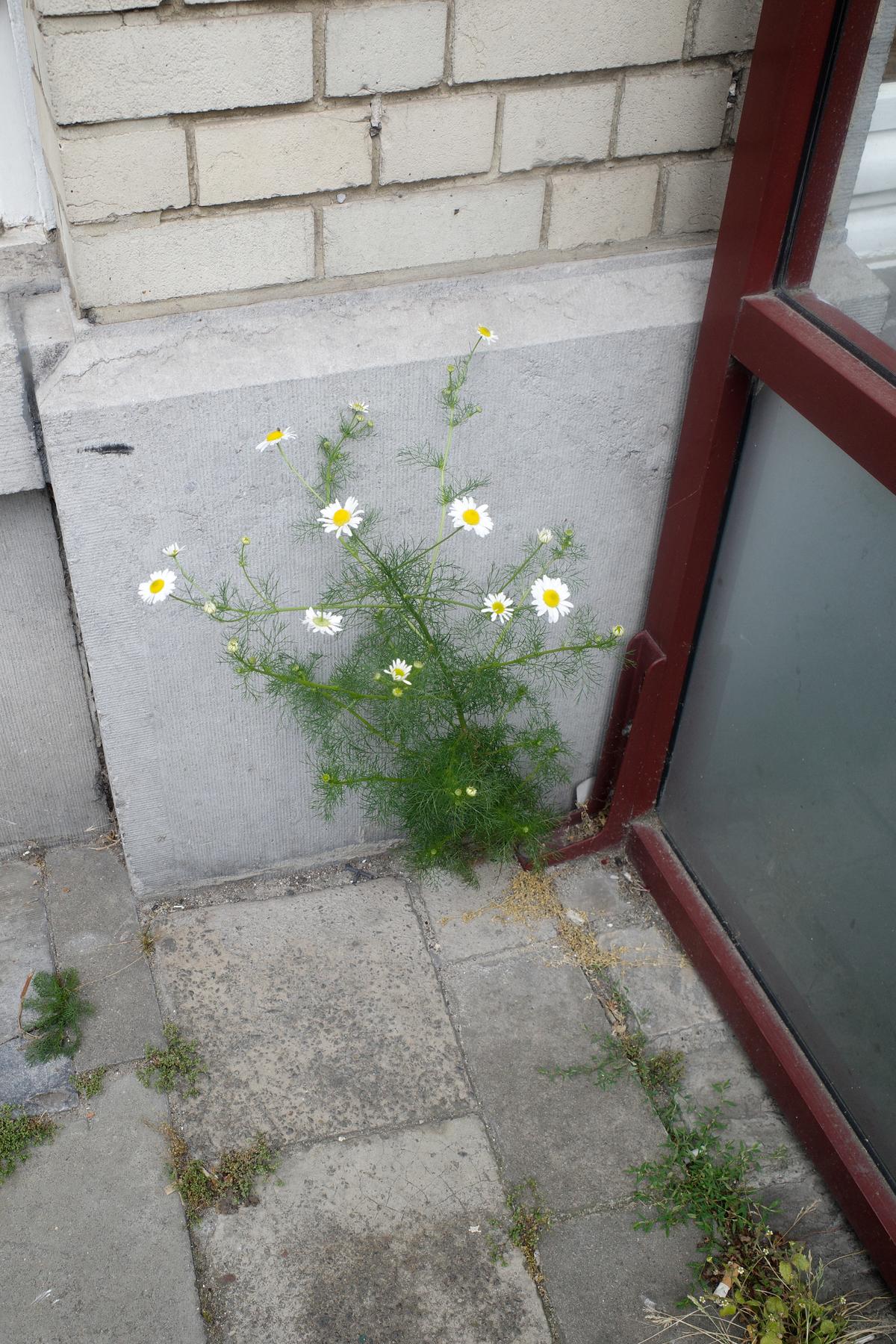
in process
Image
ih_ph-16.jpg

Unidentified
Amsterdam, Netherlands
Image
ih_ph.jpg

Unidentified
Barcelona, Spain
Image
ih_ph-37.jpg
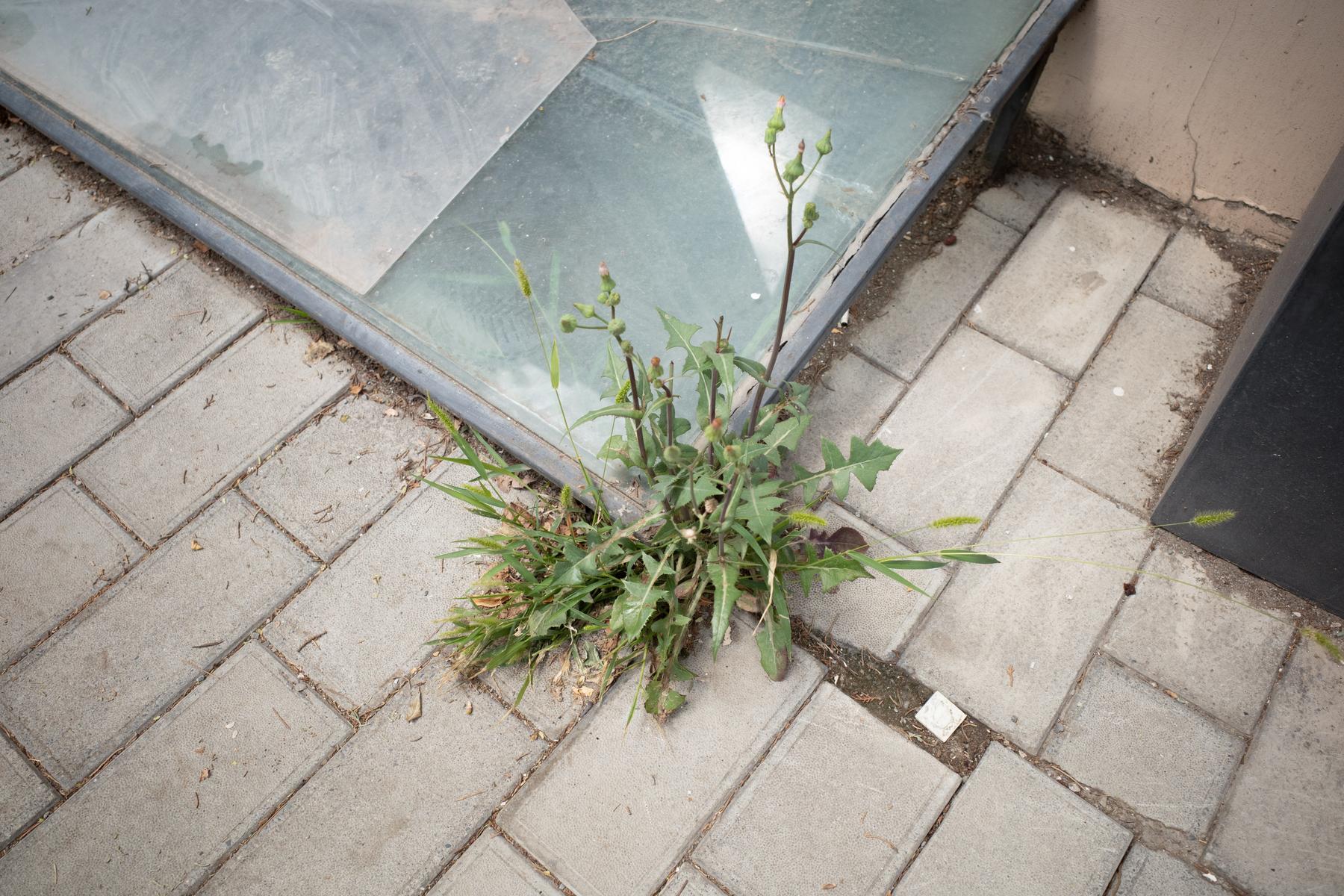
Sonchus Oleraceus
Tbilisi, Georgia
Image
ih_ph-36.jpg
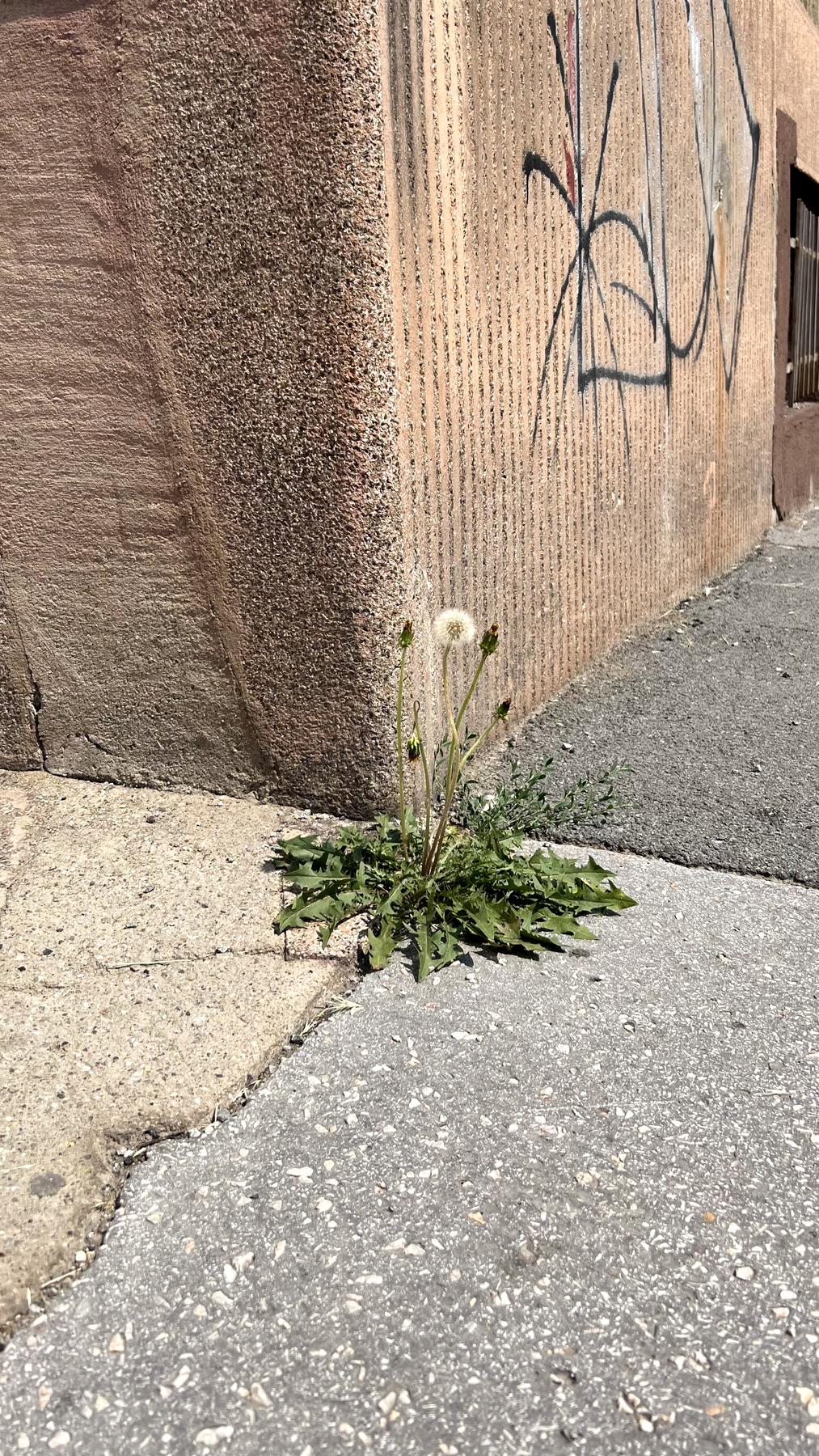
Taraxacum Officinale
Kosice, Slovakia
Image
ih_ph-35.jpg
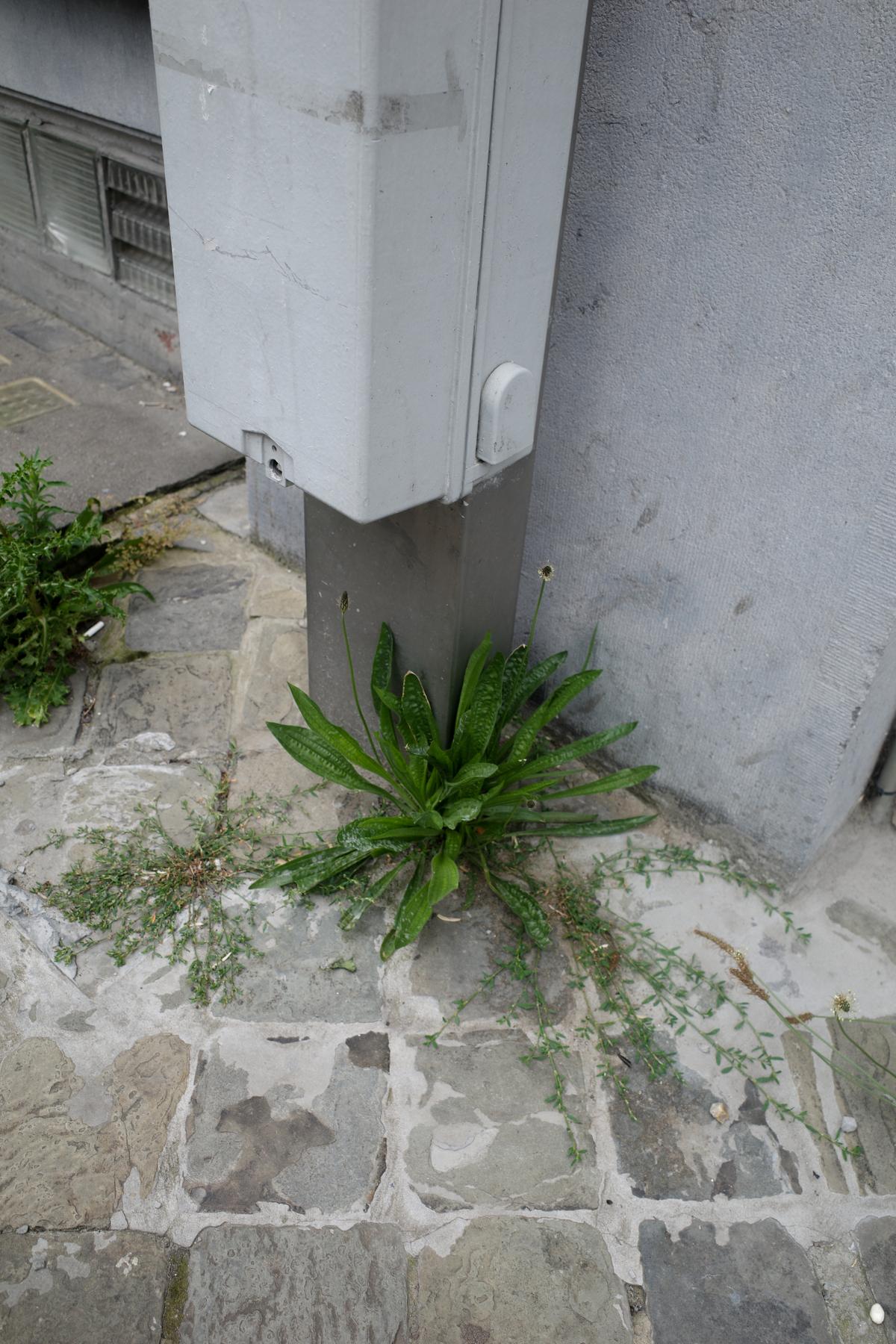
Unidentified
Unknown location
Image
ih_ph-31.jpg

in process
Image
ih_ph-32.jpg

Taraxacum Officinale
Unknown Location
Image
ih_ph-30.jpg
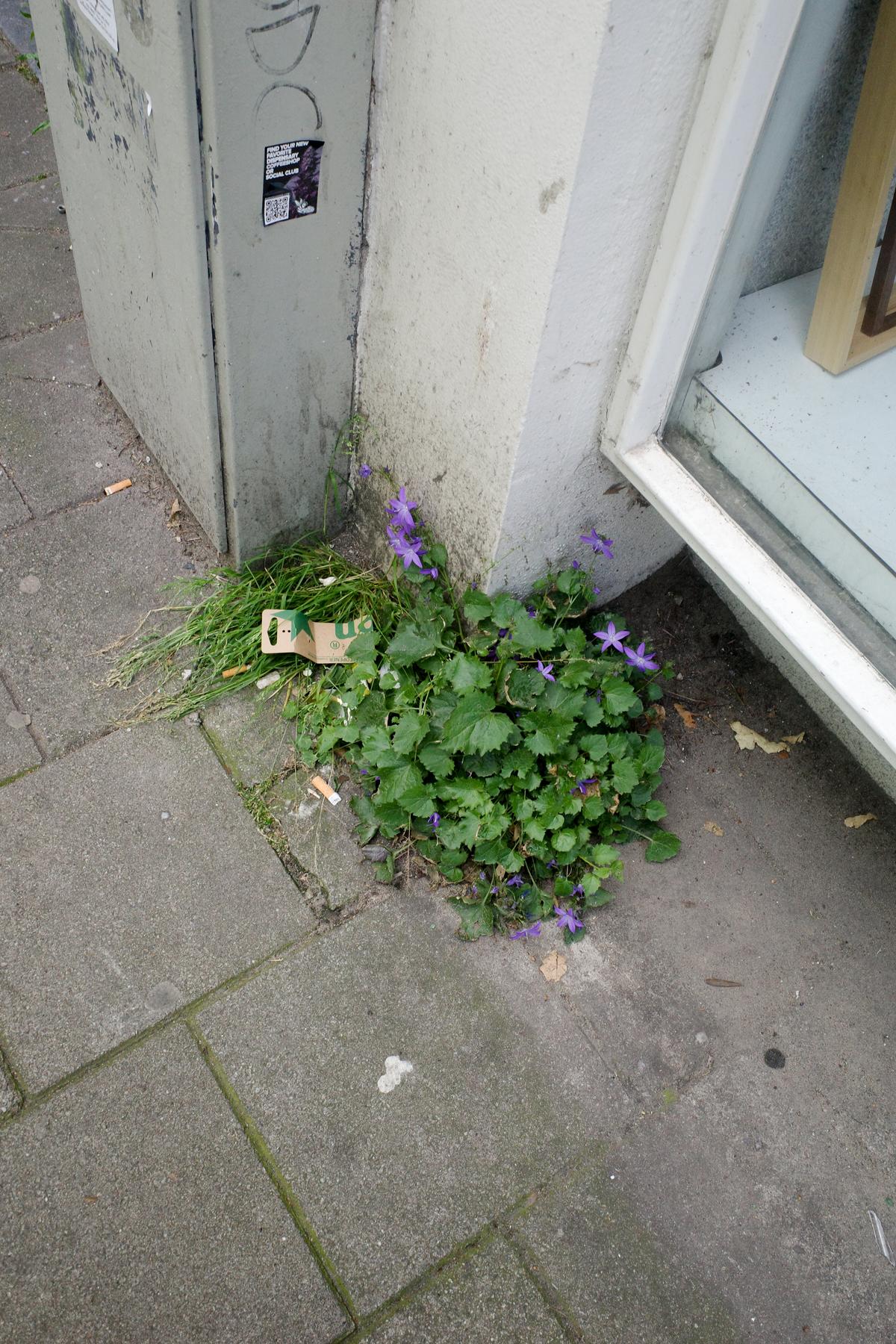
Unidentified
Amsterdam, Netherlands
Image
ih_ph-27.jpg

Unidentified
Amsterdam, Netherlands
Image
ih_ph-10.jpg
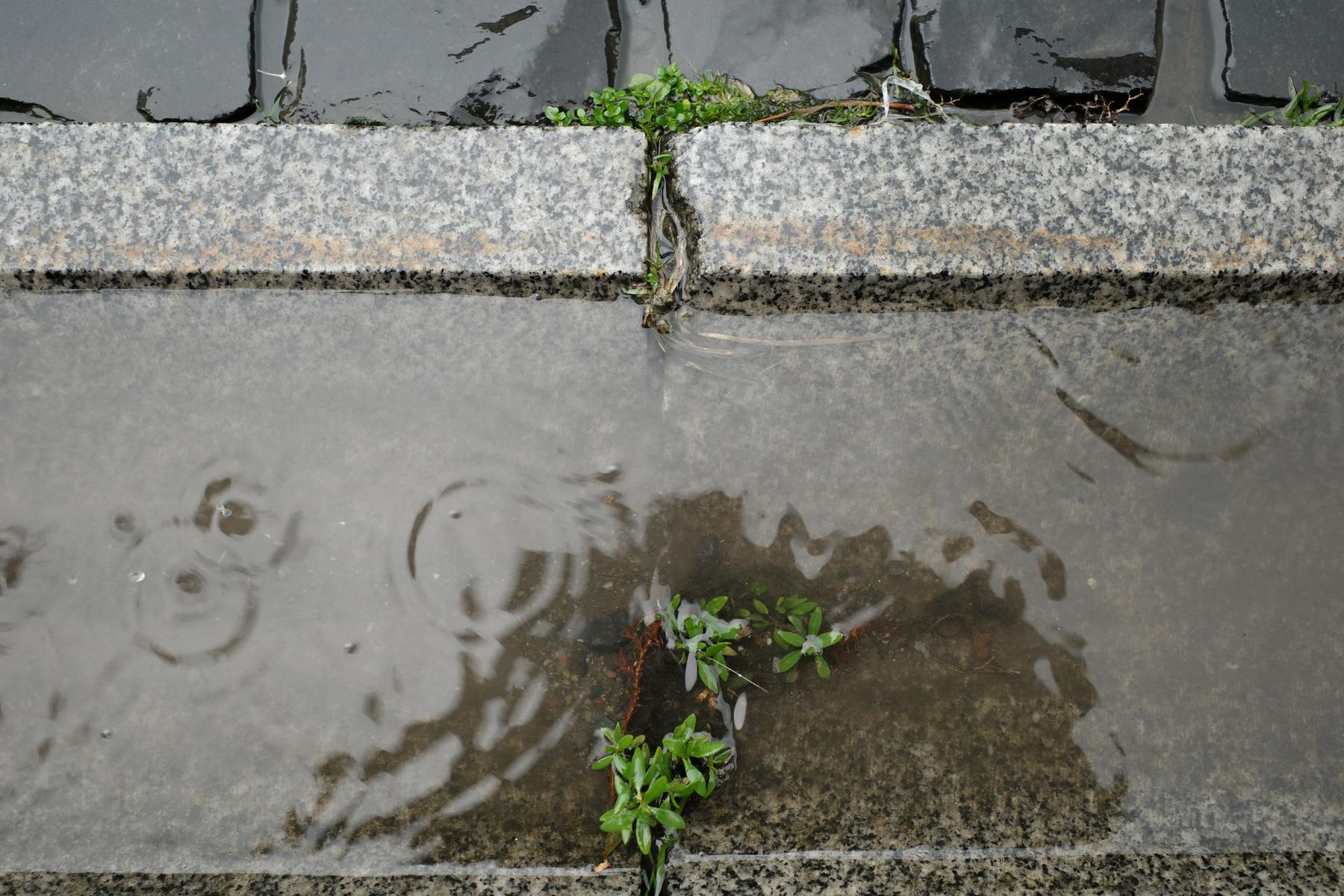
Crassula Aquatica
New York, NY
Image
ih_ph-26.jpg

Erigeron Canadersis
Amsterdam, Netherlands
Image
ih_ph-21.jpg
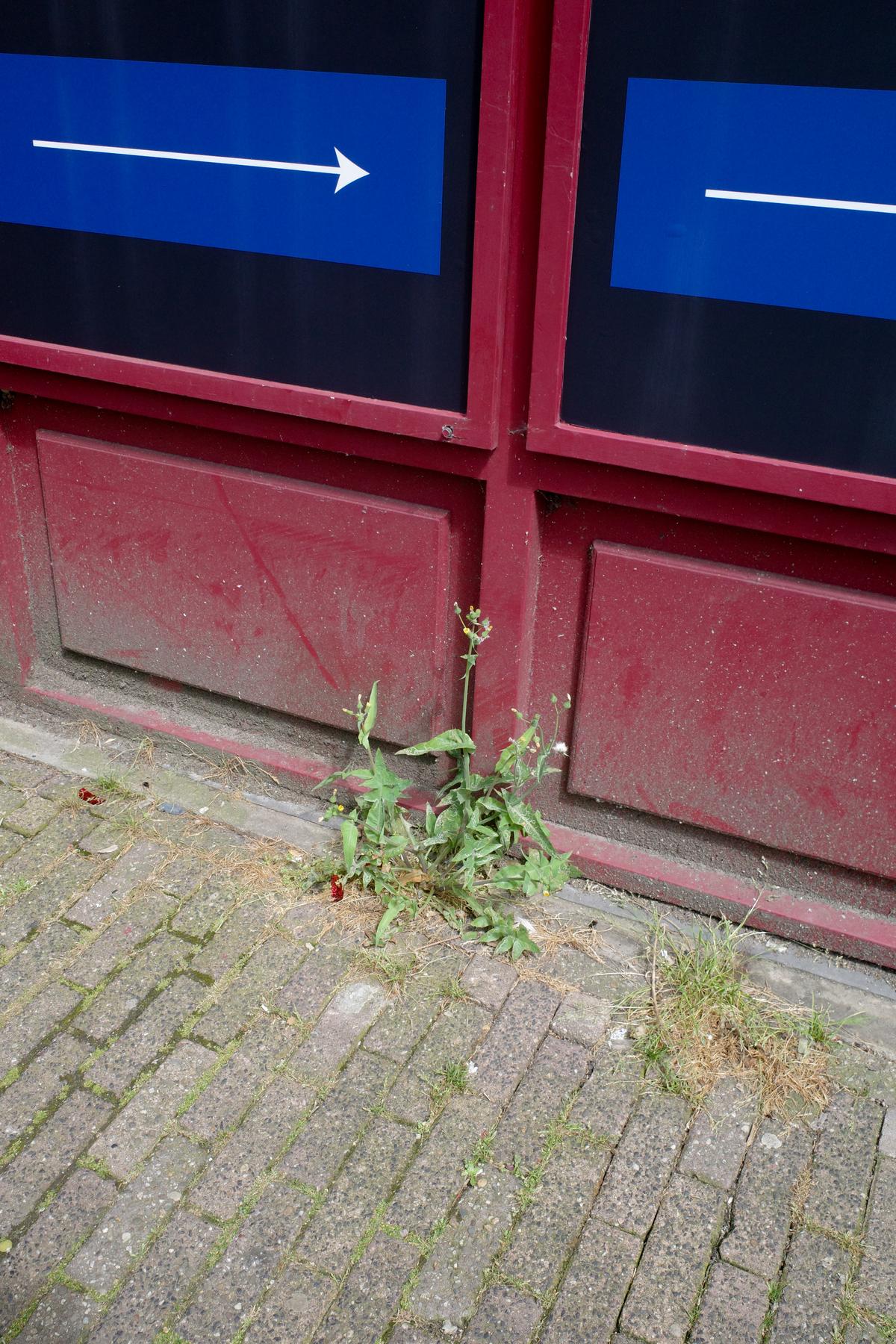
in process
Image
ih_ph-25.jpg
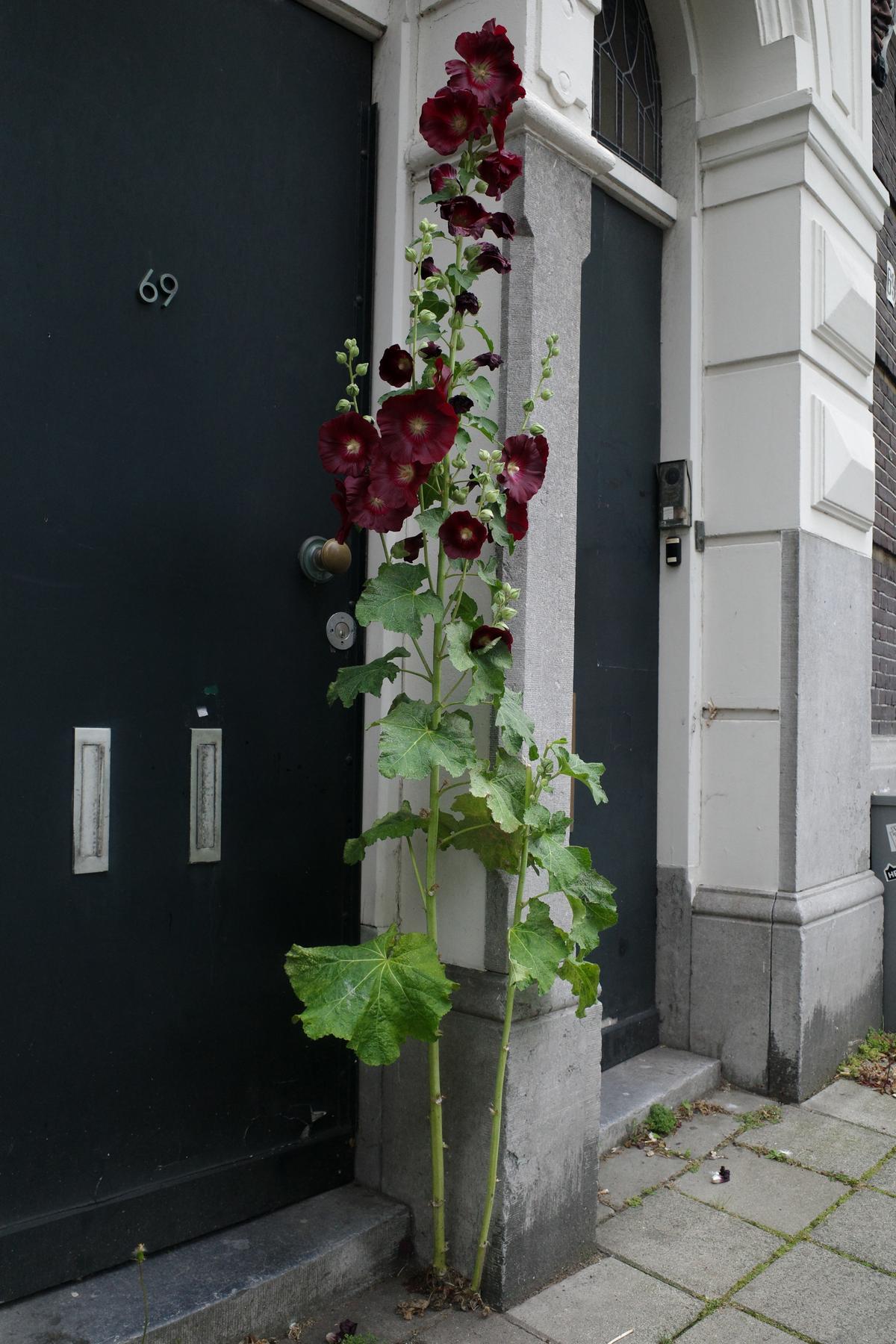
Alcea Rosea
Amsterdam, Netherlands
Image
ih_ph-24.jpg

Lythrum Salicaria
Amsterdam, Netherlands
Image
ih_ph-5.jpg

Sonchus Arvensis
Lisbon, Portugal
Image
ih_ph-23.jpg
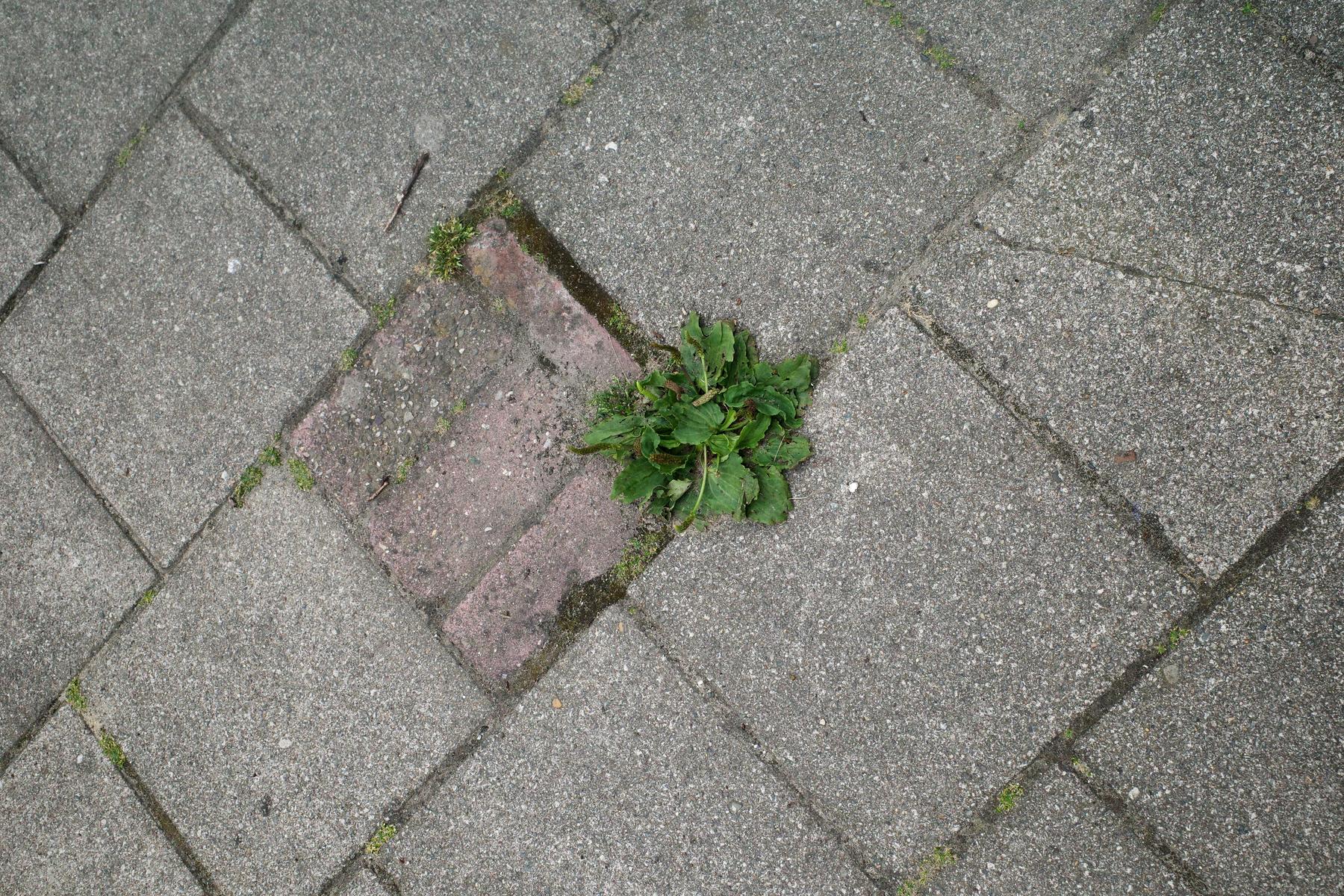
Plantago Major
Tbilisi, Georgia
Image
ih_ph-22.jpg

(0)Taraxacum Pyropappum
(1)Taraxacum Officinale
(2)Houttuynica Cordata
Unknown location
Image
ih_ph-11.jpg
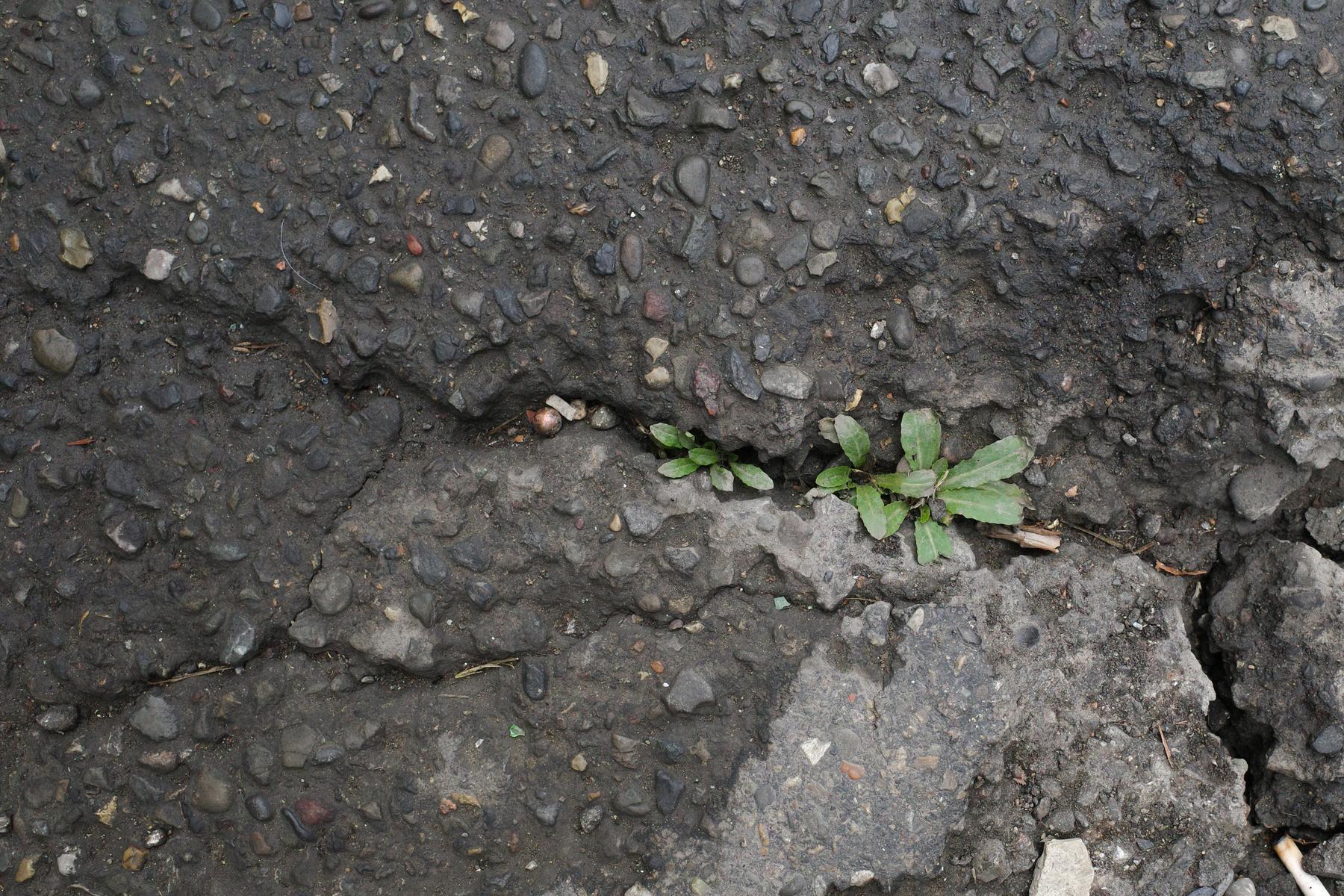
Unidentified
Brooklyn, NY
Image
ih_ph-20.jpg

Sencio Inaequidens
Amsterdam, Netherlands
Image
ih_ph-19.jpg
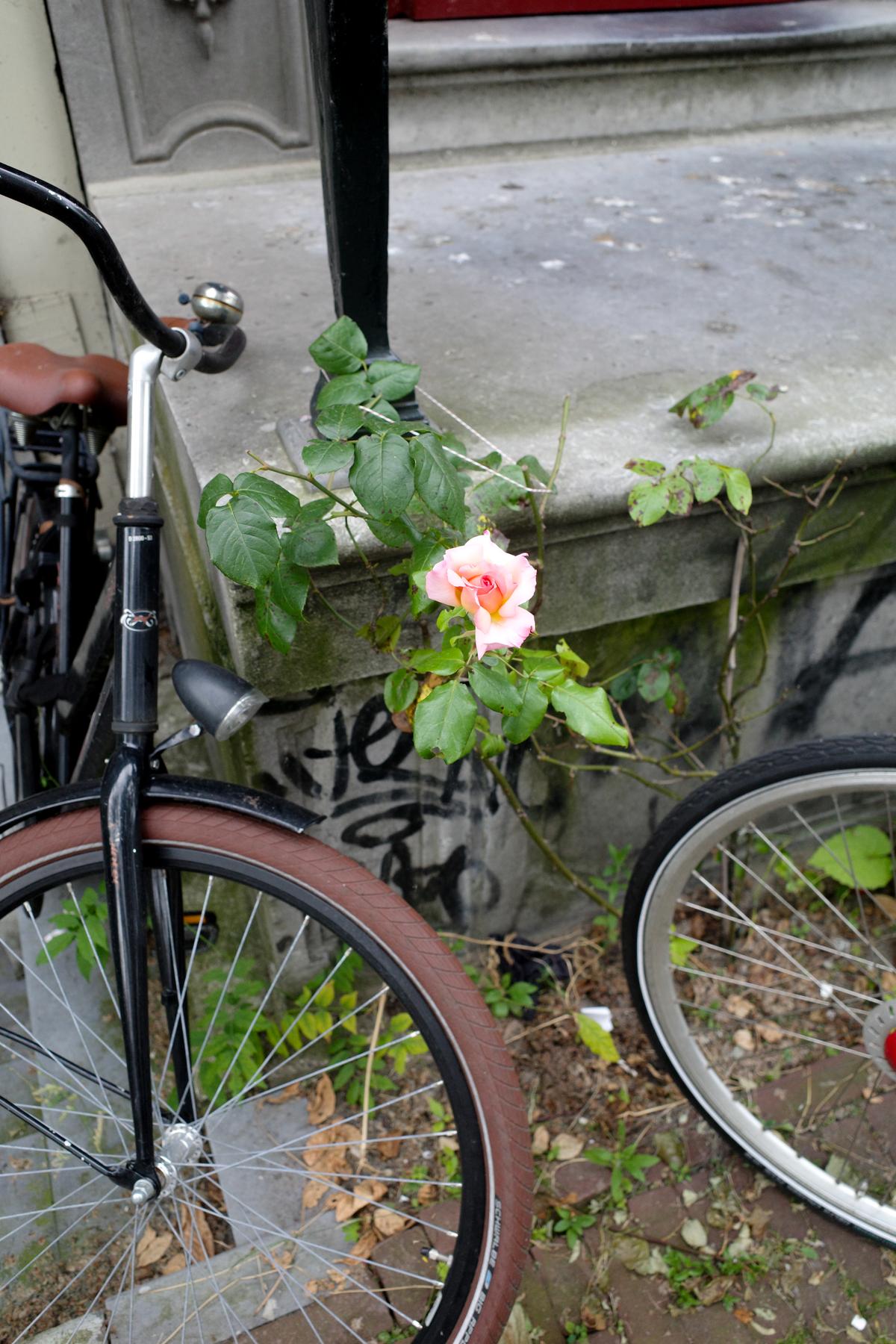
Rosa
Amsterdam, Netherlands
Image
ih_ph-18.jpg
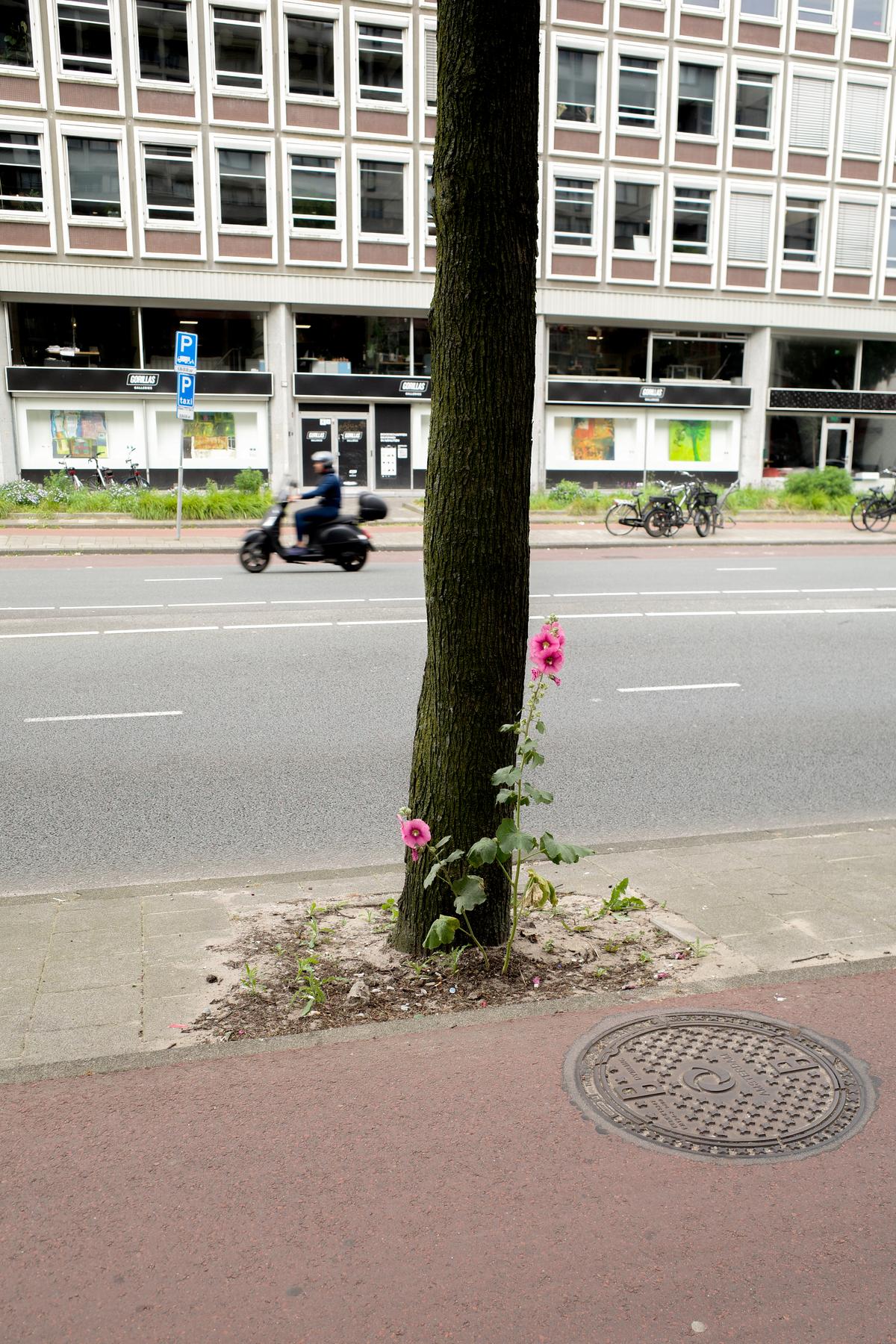
Alcea Rosea
Amsterdam, Netherlands
Image
ih_ph-3.jpg
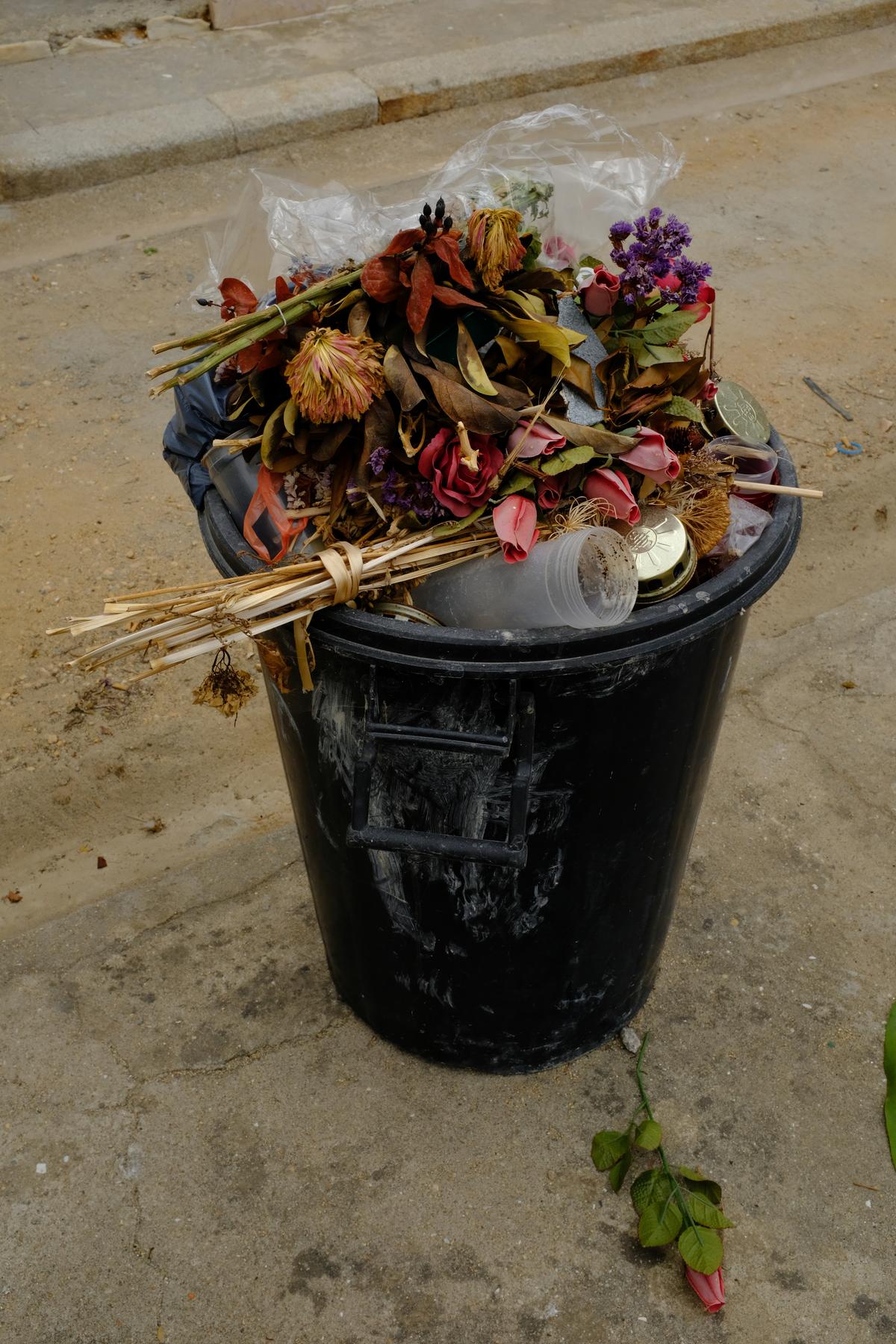
Common Flower Bouqet
Palermo, Sicily
Image
ih_ph-17.jpg
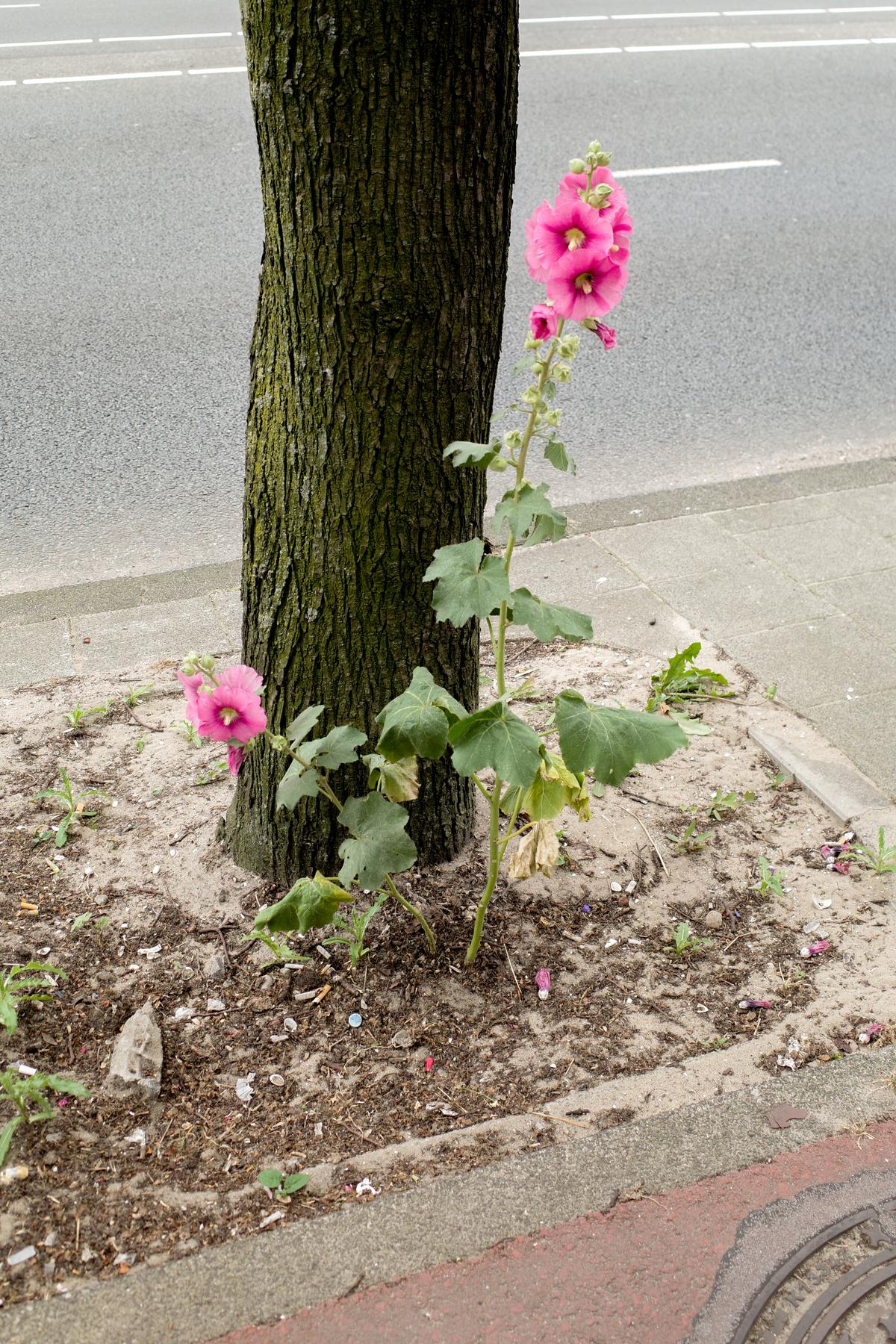
Alcea Rosea
Amsterdam, Netherlands
Image
ih_ph-15.jpg
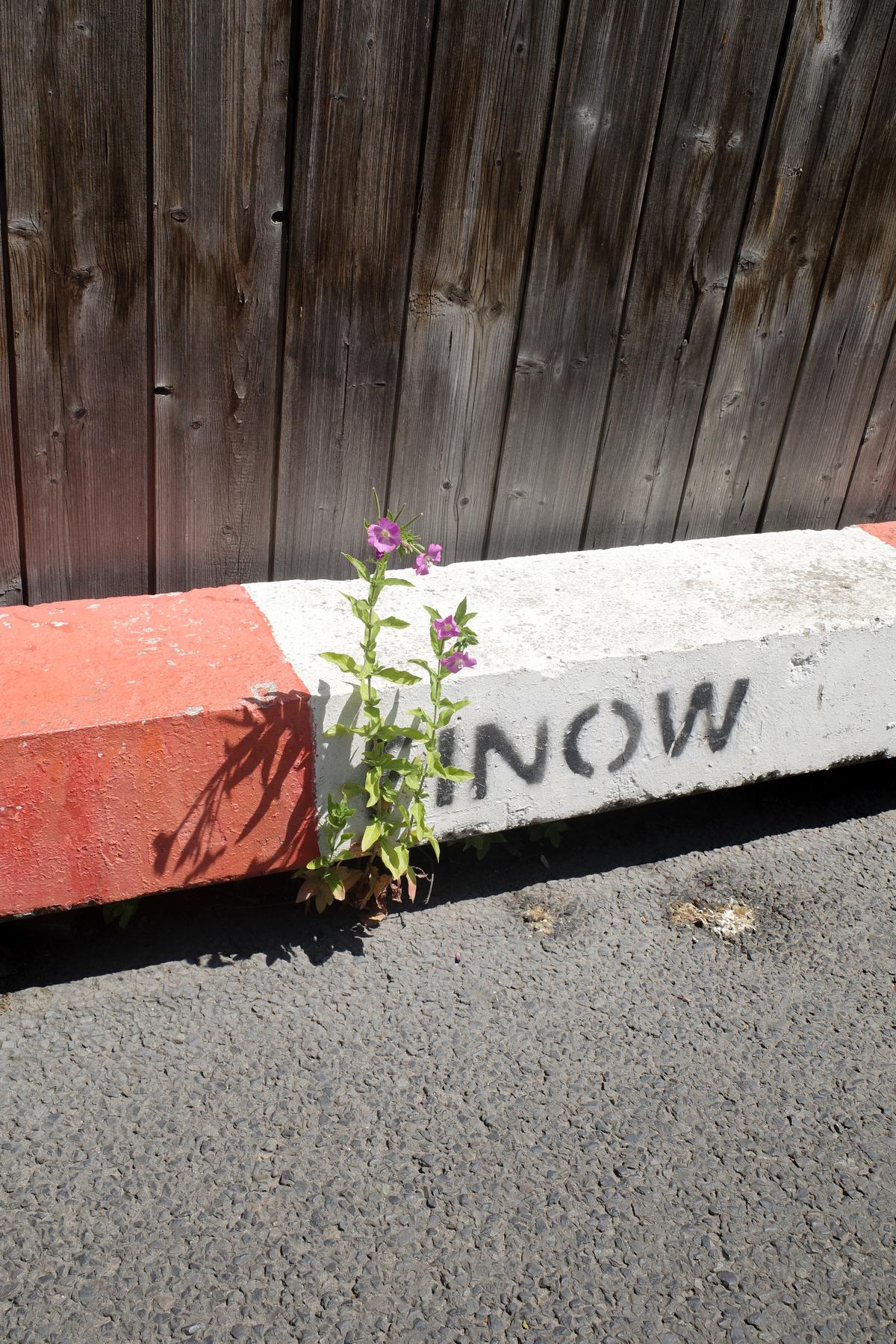
Unidentified
Amsterdam, Netherlands
Image
ih_ph-14.jpg
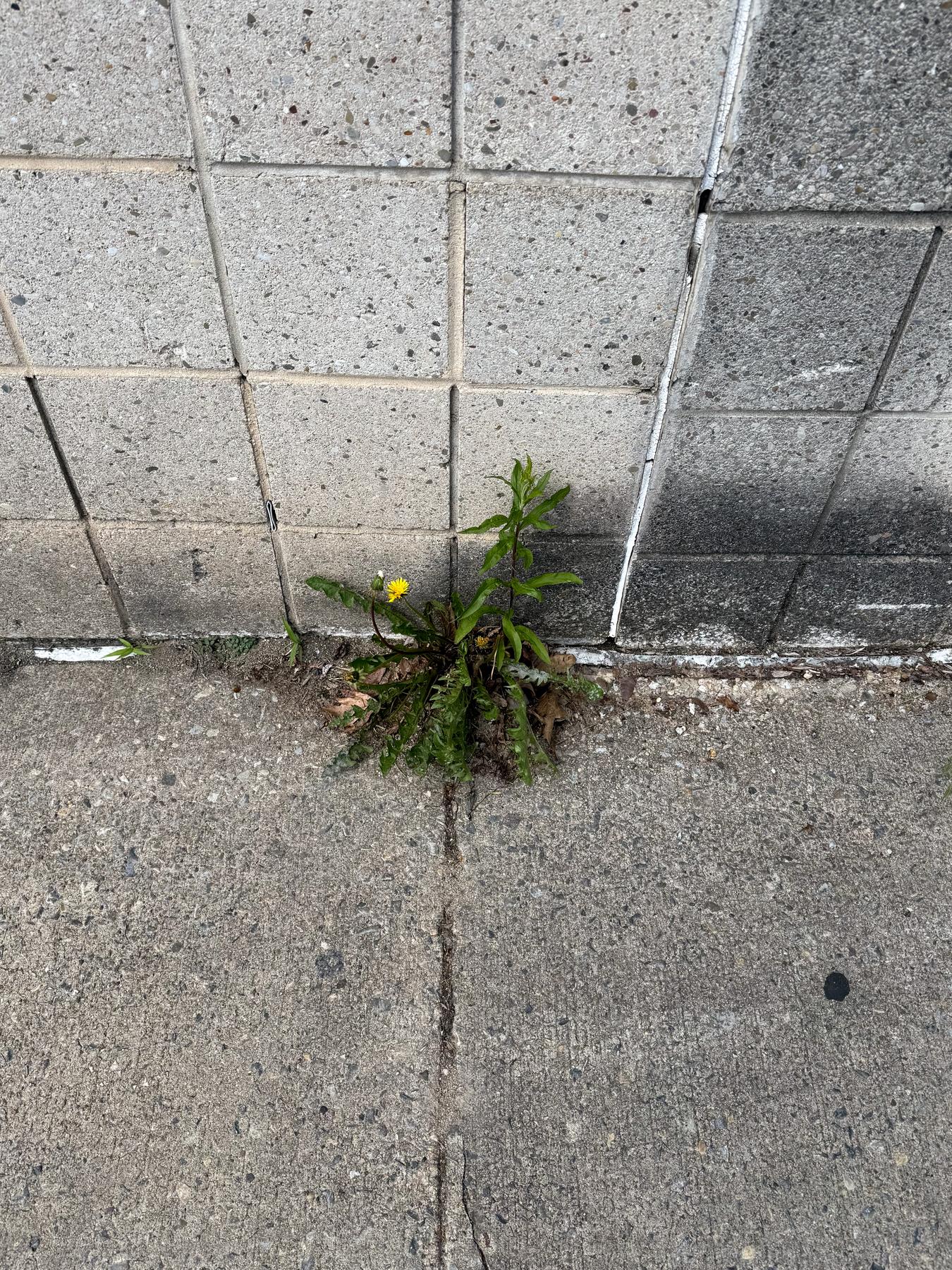
in process
Image
ih_ph-13.jpg
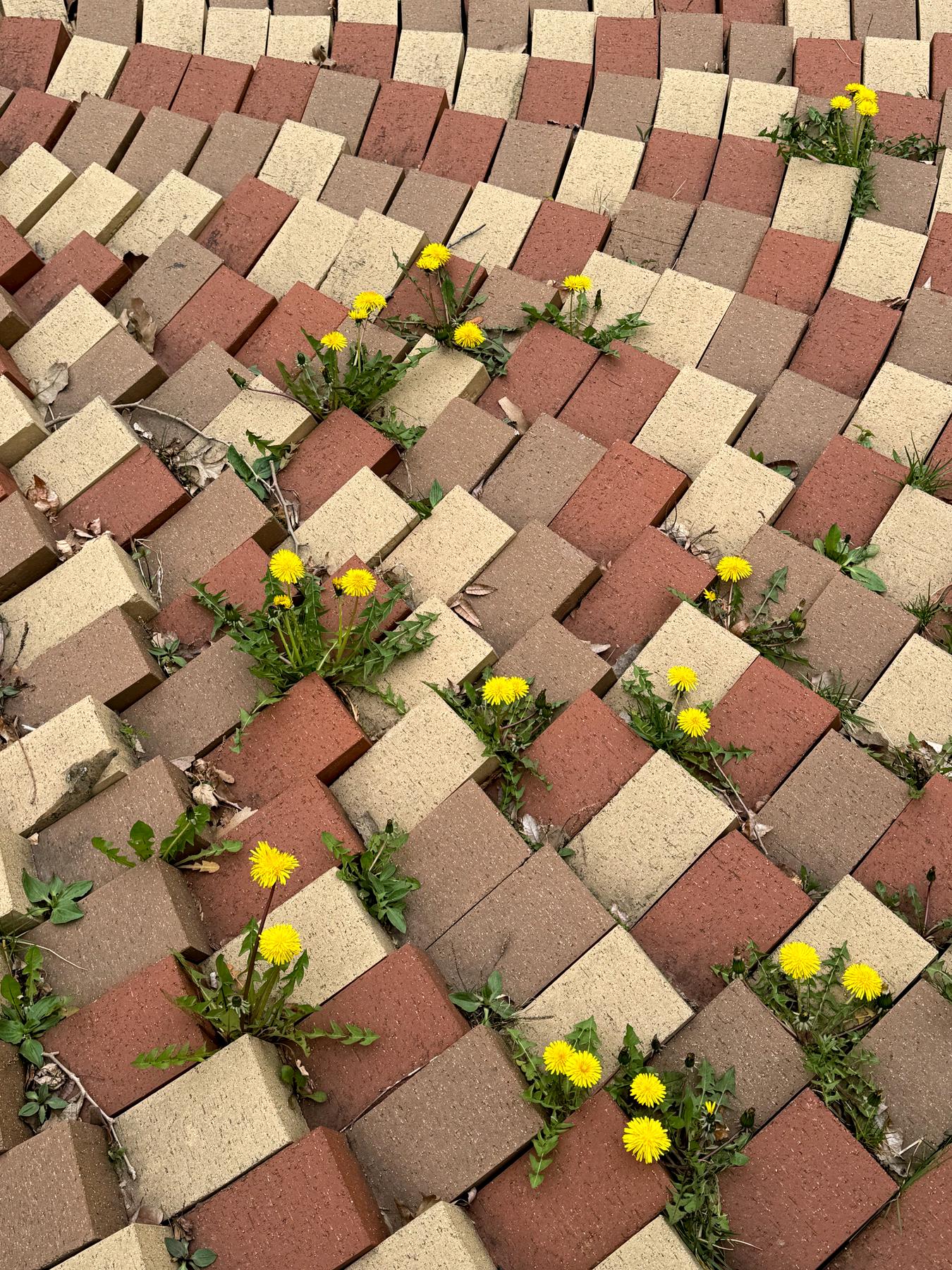
Taraxacum Officinale
Brooklyn, NY
Image
ih_ph-28.jpg
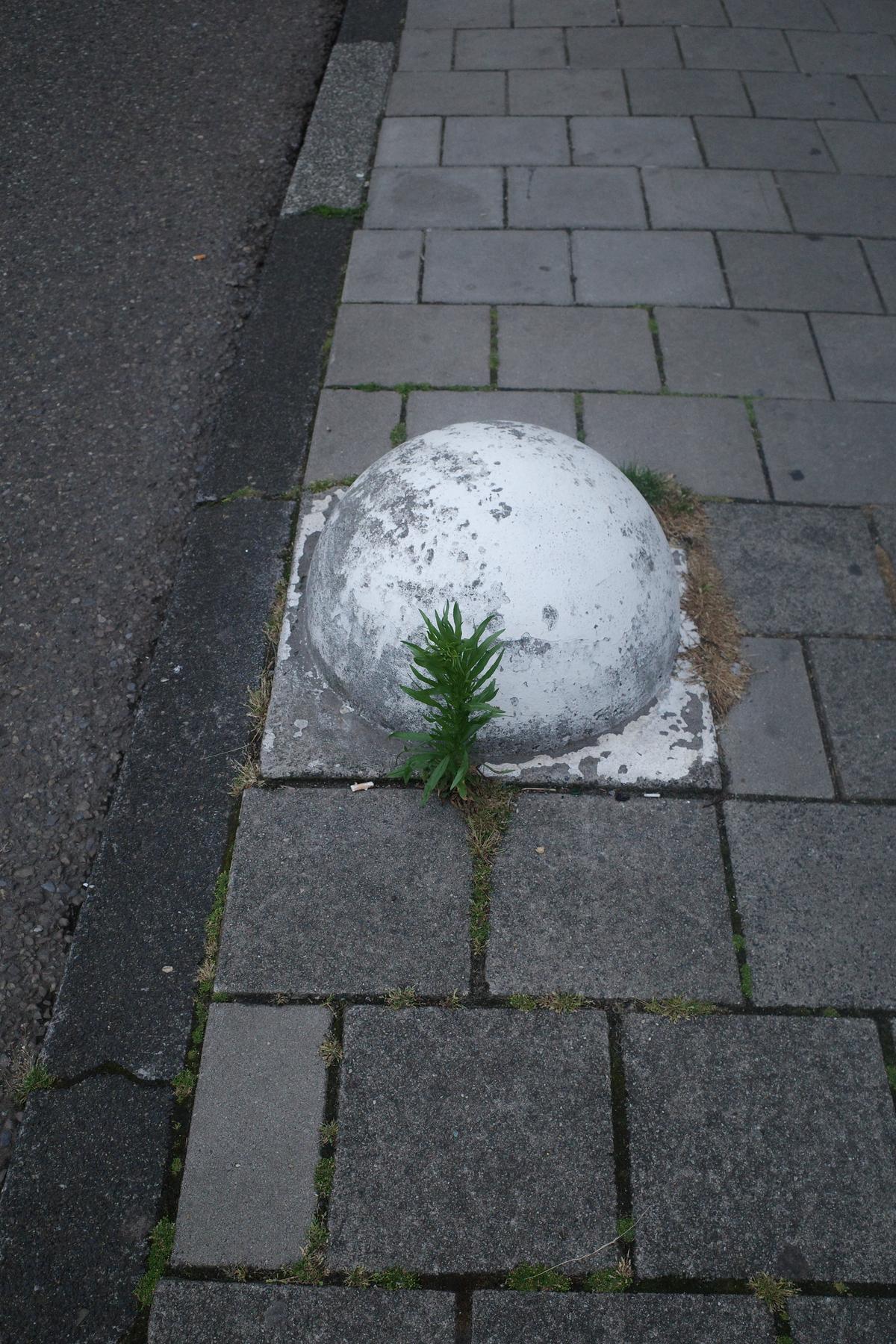
Erigeron Canadersis
Amsterdam, Netherlands
Image
ih_ph-12.jpg
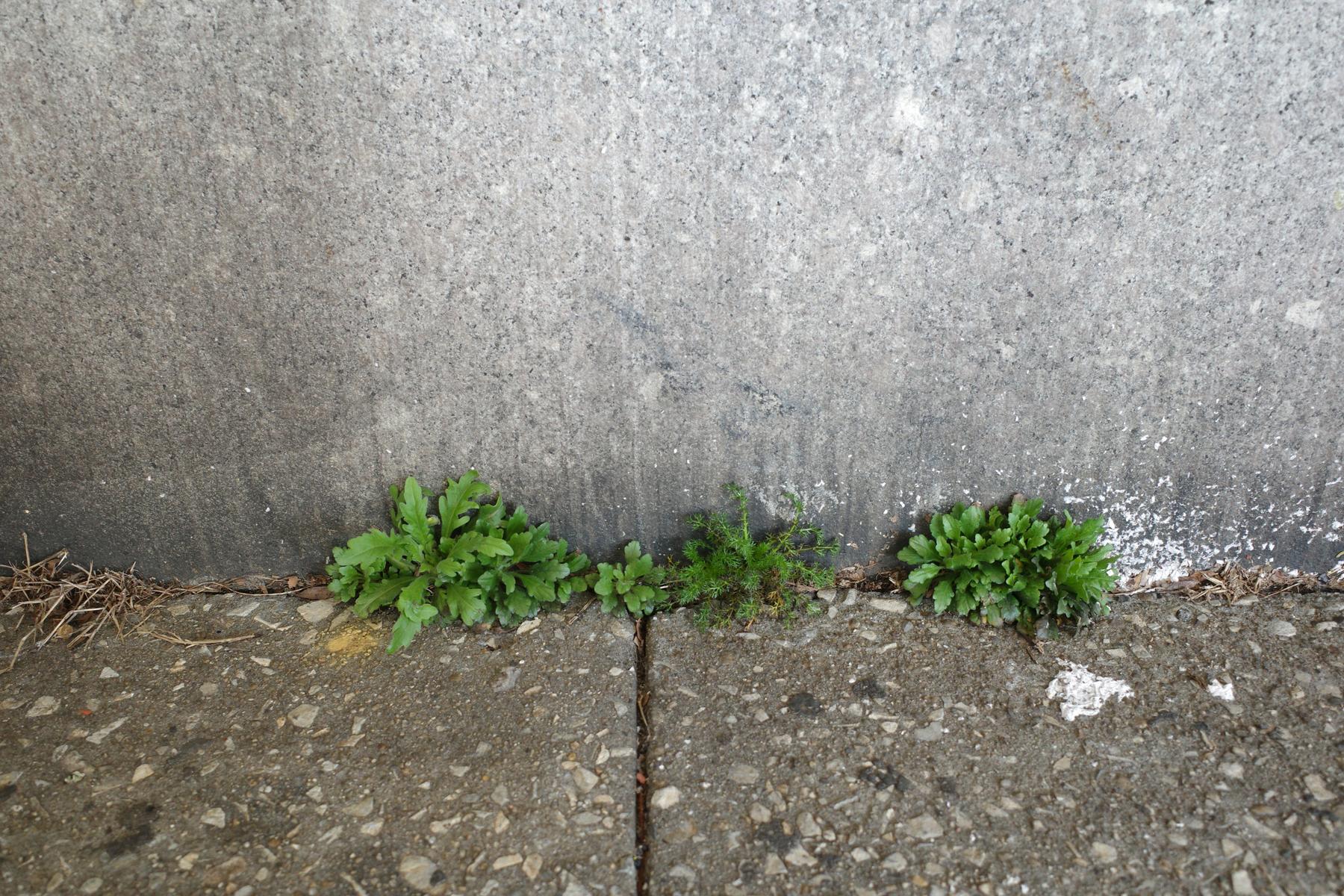
Unidentified
New York, NY
Image
ih_ph-29.jpg
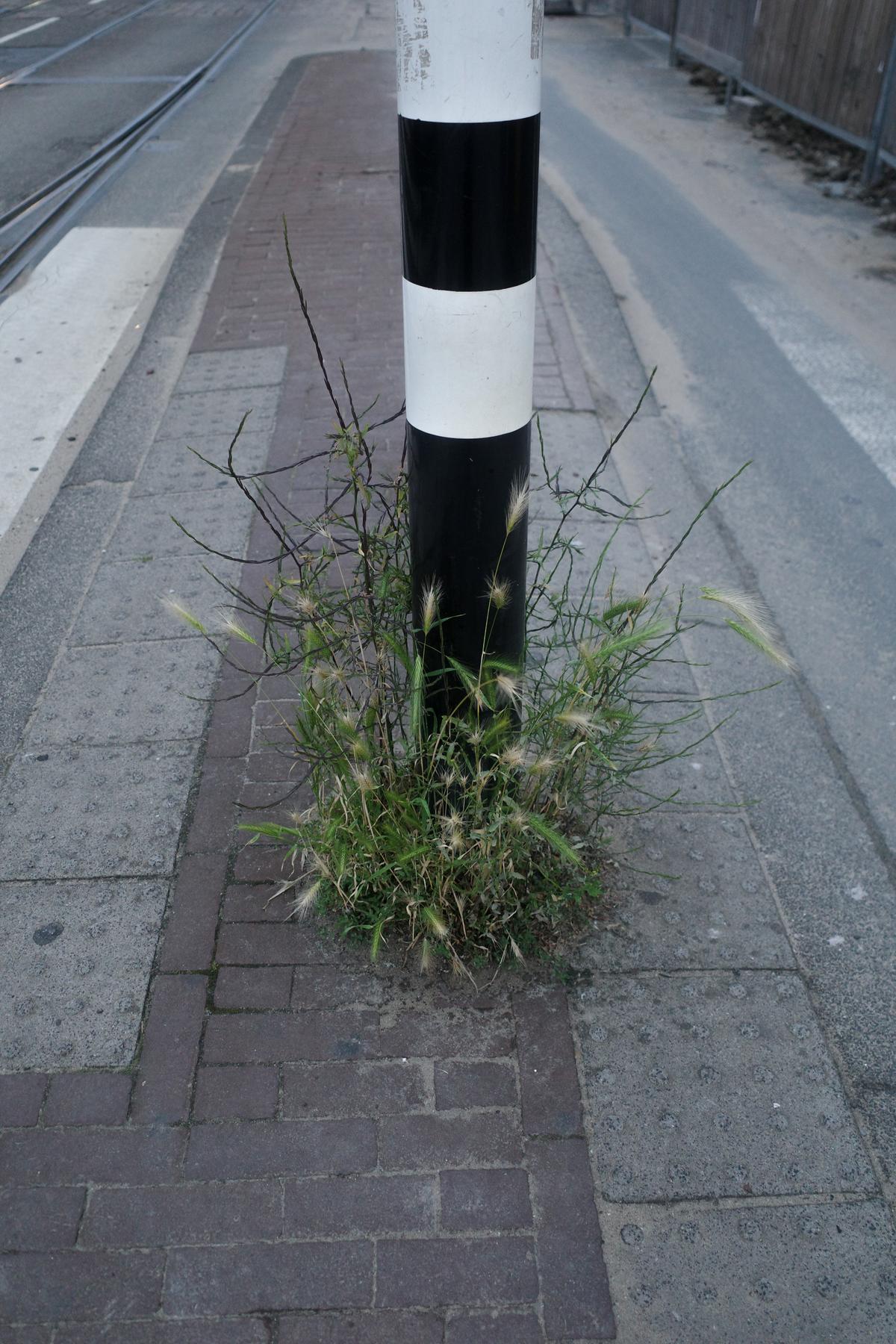
Hordeum Marinum
Amsterdam, Netherlands
Image
ih_ph-9.jpg
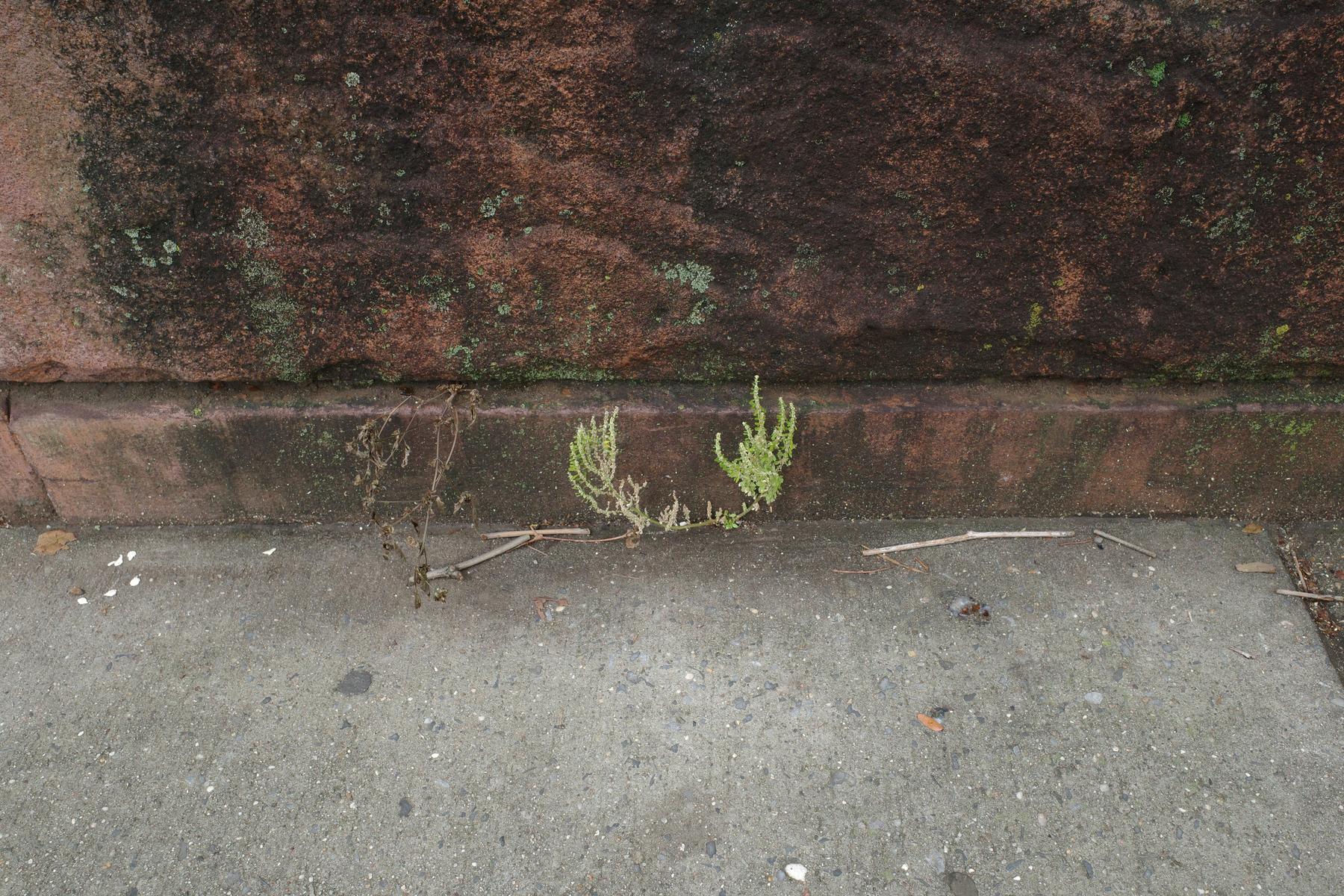
Unidentified
Brooklyn, NY
Image
ih_ph-33.jpg
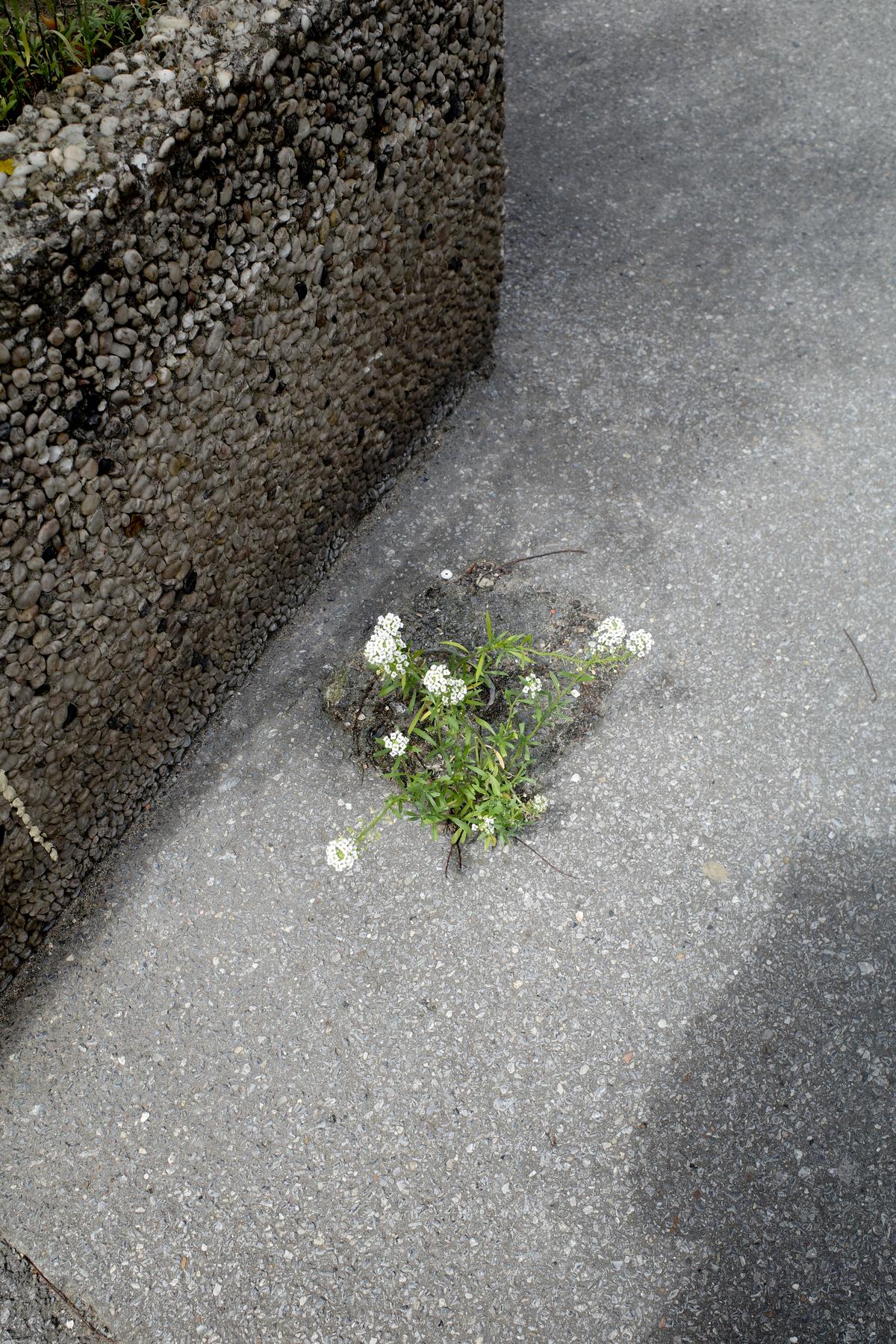
in process
Image
ih_ph-8.jpg
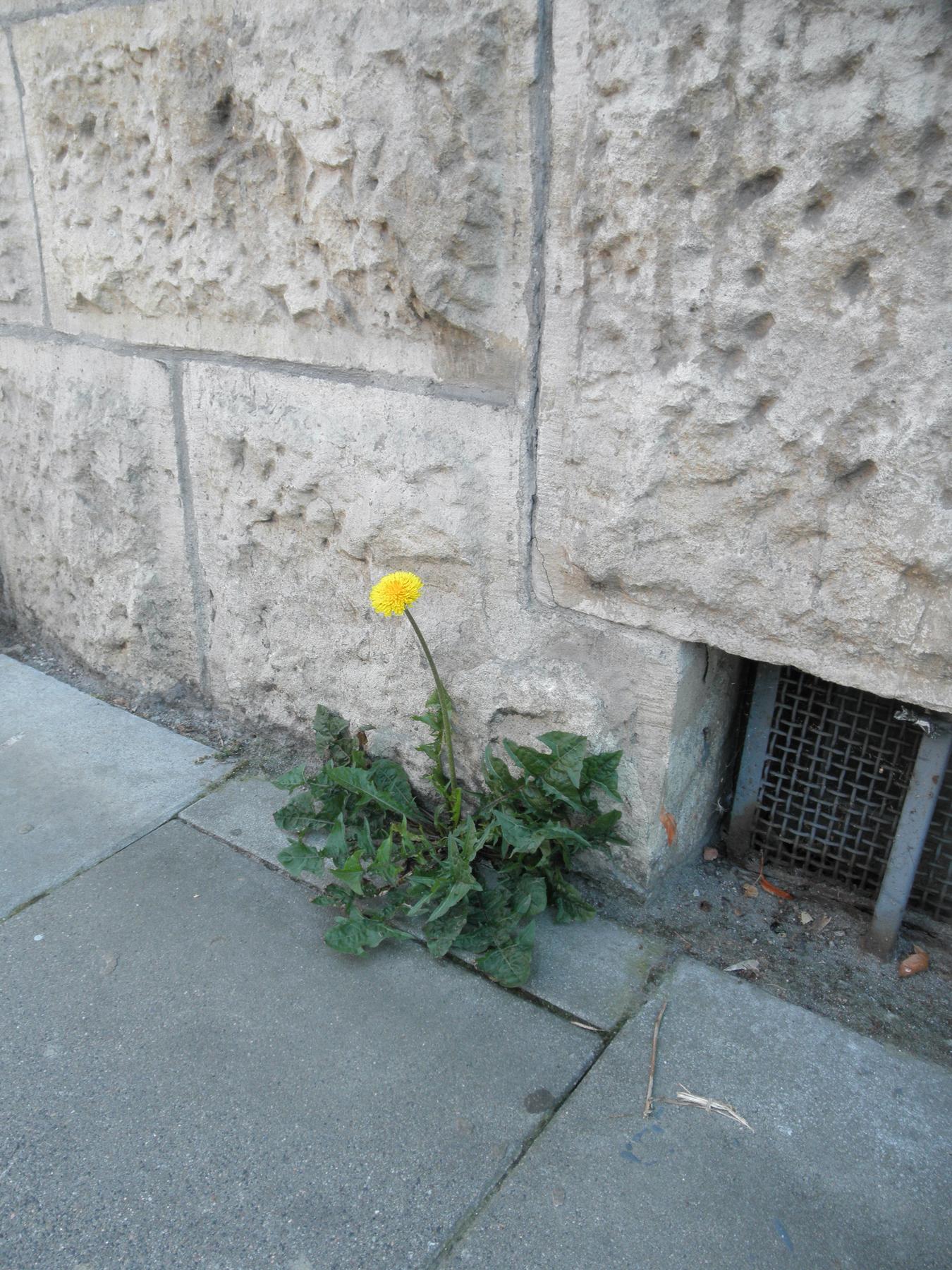
Taraxacum Officinale
Rome, Italy
Image
ih_ph-7.jpg
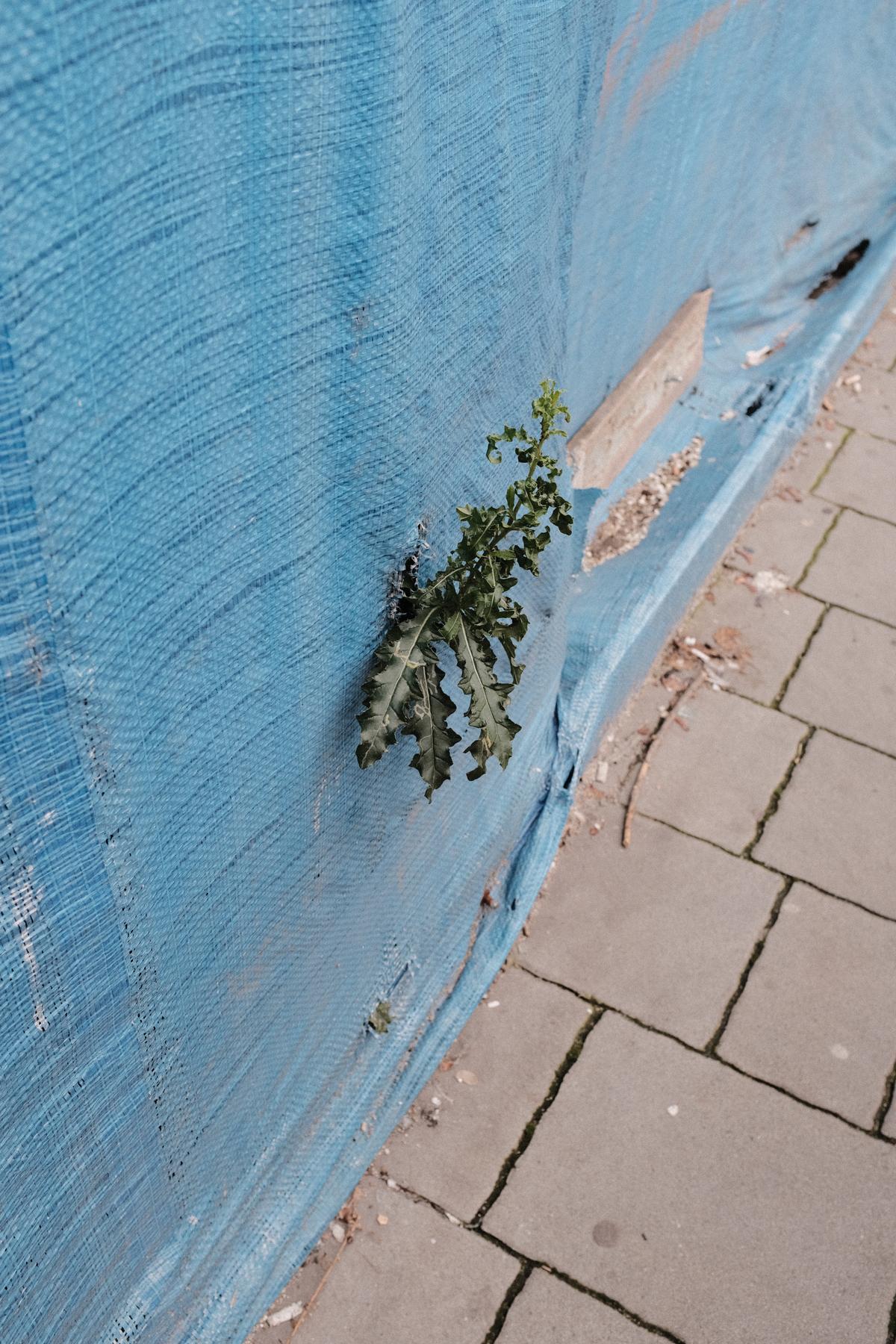
in process
Image
ih_ph-6.jpg

Artificial Turf
Krakow, Poland
Image
ih_ph-4.jpg
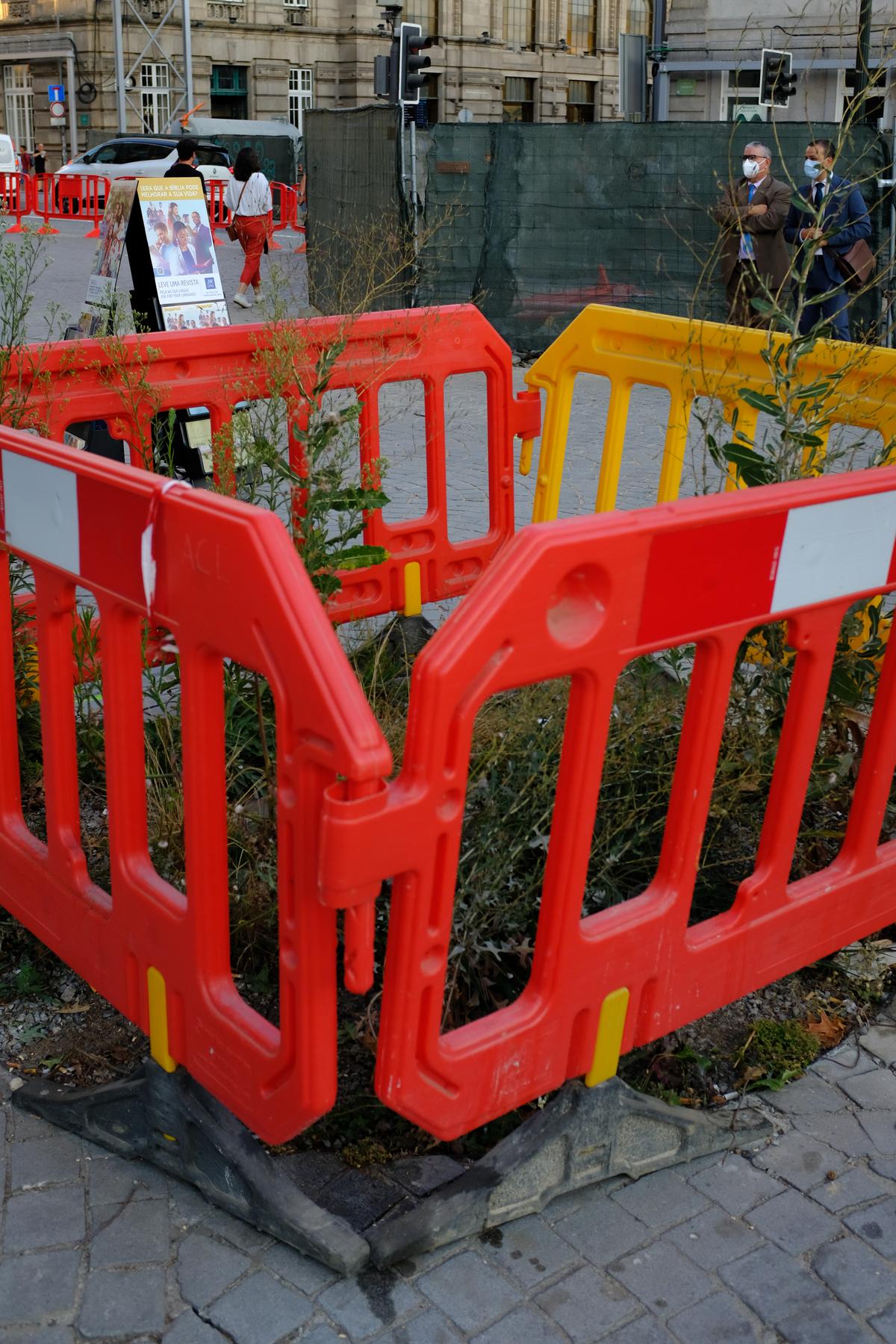
A Collection of Hostile Plants
Porto, Portugal
Image
ih_ph-2.jpg

Erigeron Karvinsklanus
Porto, Portugal
Image
ih_ph-1.jpg
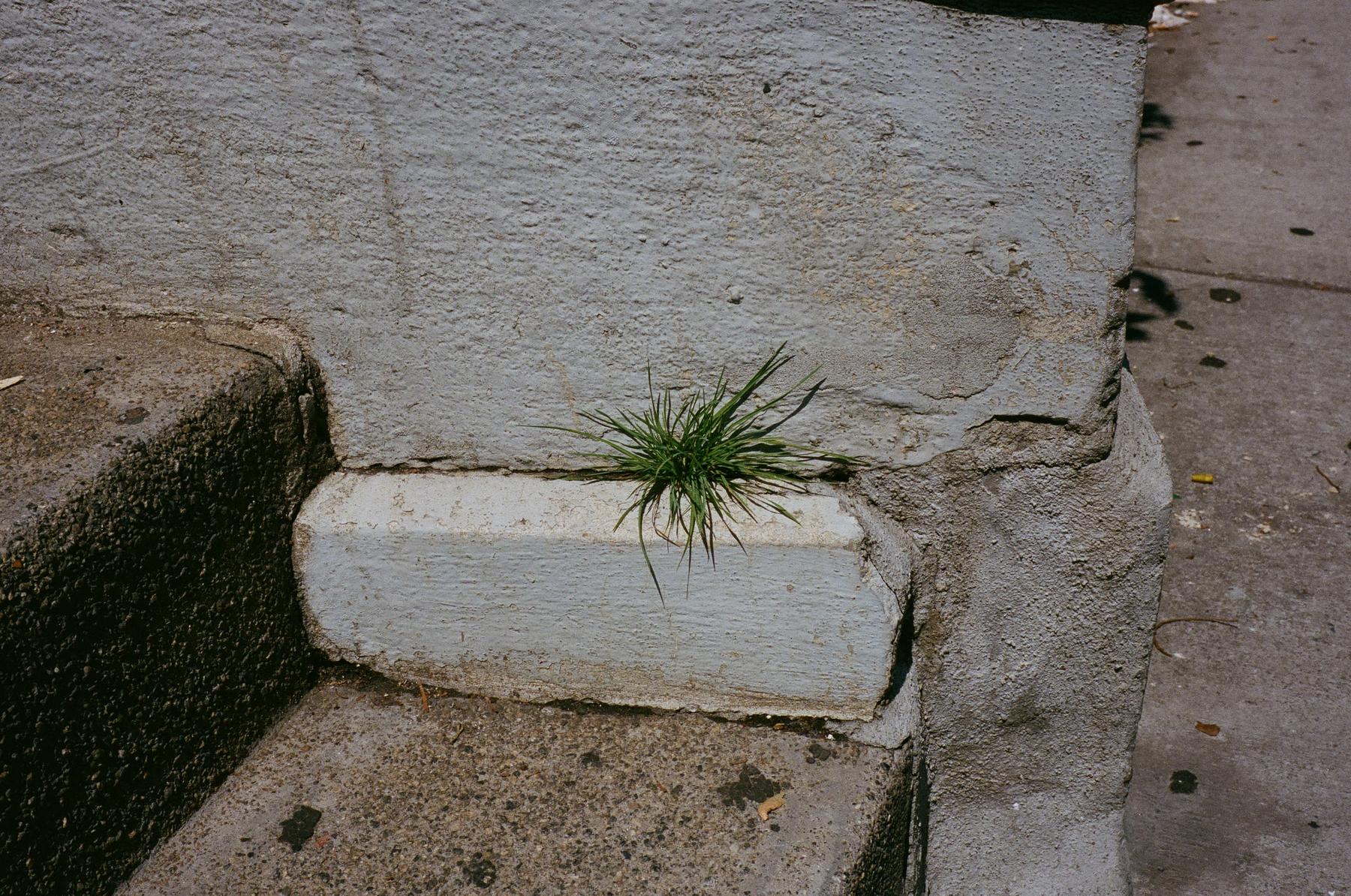
Digitaria?
Brooklyn, NY
Image